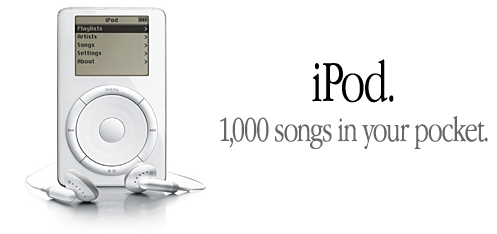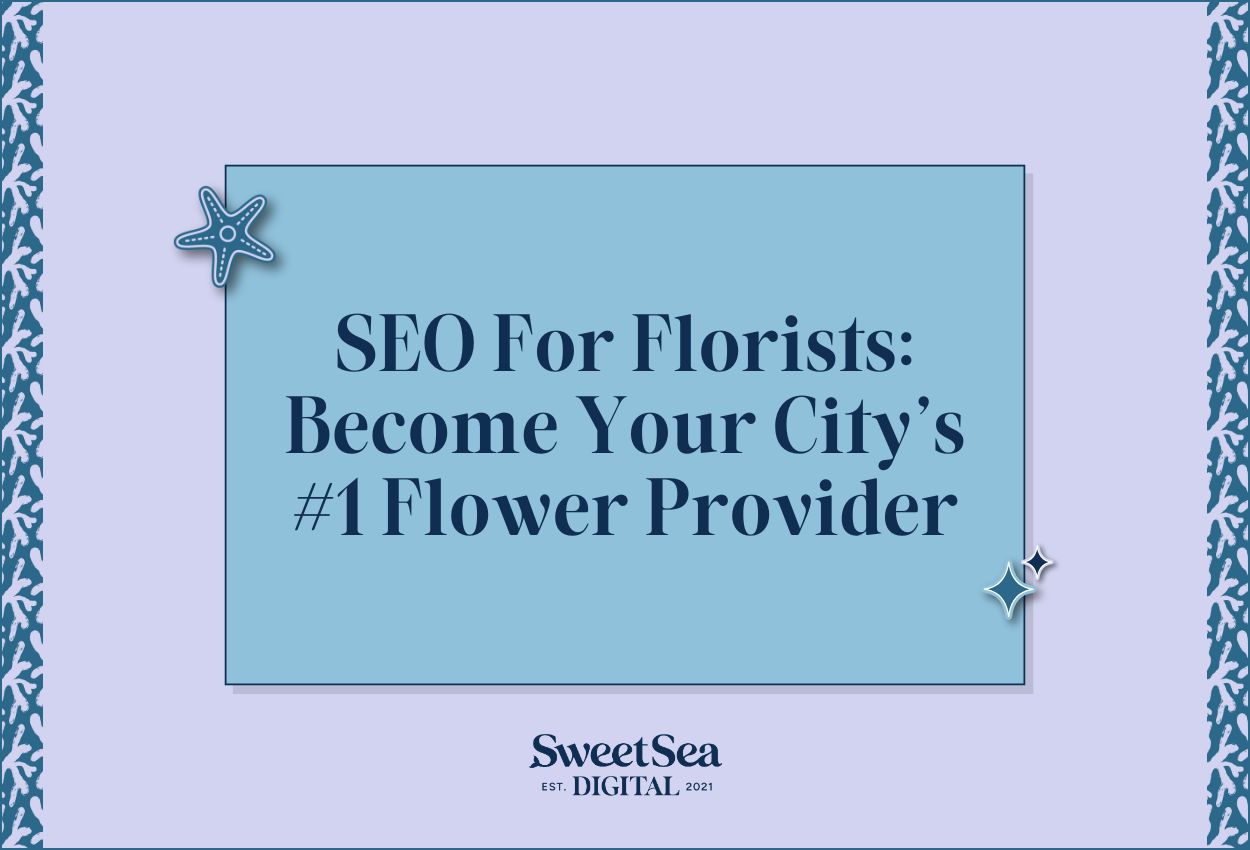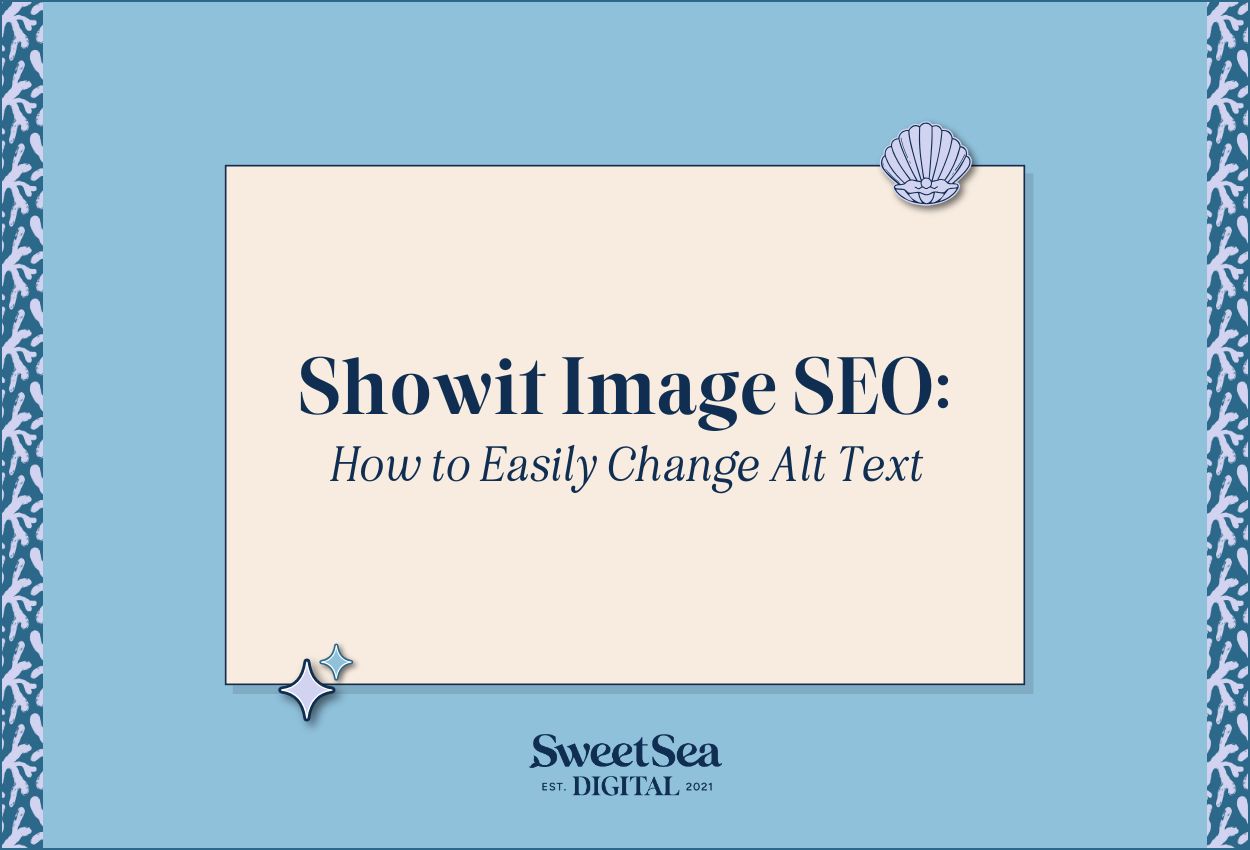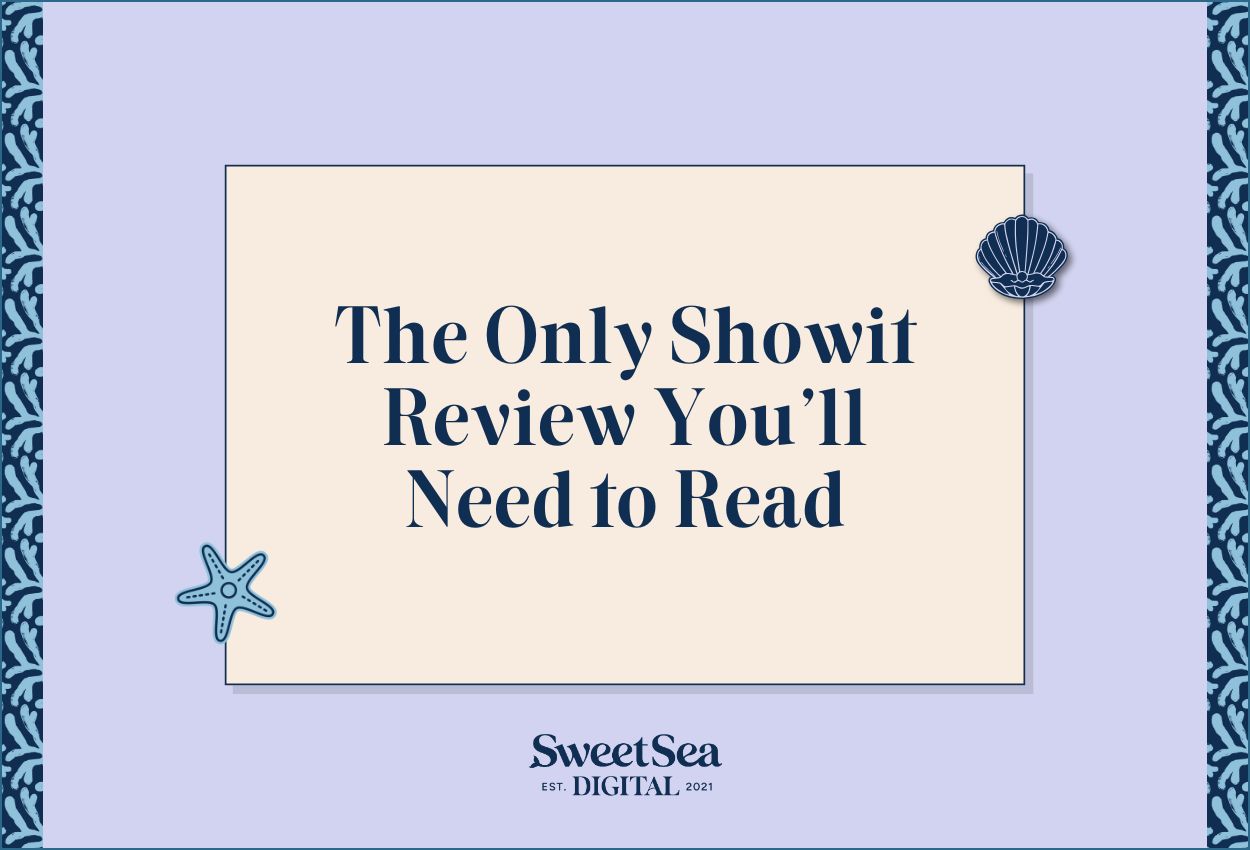Content Marketing vs Copywriting: What’s The Big Difference?
By Seren Nurgun,
Founder of SweetSea Digital
By Seren Nurgun
Feb 8, 2024
Salt Your SEO:
Kickstart Your SEO With These 5 Easy Steps!
To put it simply, content marketing is creating free, valuable pieces of content that attract, delight, and engage your ideal audience and potential clients and customers. The marketing piece of this is that the content is strategically and specially designed to build trust, credibility, and interest so that potential buyers end up buying! Content marketing includes, but isn’t limited to, podcast episodes, organic social media posts, blog posts, YouTube videos, lead magnets (aka freebies), newsletters, and case studies.
Copywriting is the practice of writing text that prompts a desired action, like making a purchase. Sometimes, that writing uses persuasive techniques and sales psychology, but it doesn’t necessarily have to. Copy is typically written for websites, sales pages, landing pages, ads, and sales emails.
Typically, content that falls under content marketing is longer, denser, and more informative than copy. While copy is generally attention-grabbing, to the point, and usually much shorter in length than content.
Is content the same as copy?
Don’t worry, it’s easy to get mixed up! And it doesn’t help that so many people use them interchangeably.
Short answer: no.
Long answer: no, copy is sales-focused text that’s intended to guide the reader toward an action (like signing up to your email newsletter or buying something), whereas content marketing is geared toward inviting the reader into your ecosystem, offering tons of free valuable information, and keeping the relationship strong until they’re ready to make a purchasing decision.
Take this Apple™ ad for example. It’s extremely short, to the point, and gets its message across so clearly that it was literally mind-blowing when it came out.

Even though content and copy are technically different, according to some definitions and different people, content as a huge umbrella can contain copy-written content. If you think of content as any piece of written text, then technically copy falls under content.
If you post any kind of informative, educational, or entertaining content on any kind of platform or medium, then you’re pretty much doing content marketing.
As a business owner since early 2021, I’ve used both content marketing and copywriting and seen my peers do the same. All businesses use both for different reasons and to execute different strategies.
How content marketing and copywriting work together
Content marketing without a bit of copywriting is like giving a captivating TED talk to a lot of people and then just ending your talk with ‘bye, have a nice day’.
On the other hand, copywriting without content marketing is like yelling ‘buy my stuff, buy my stuff’ into a crowd of strangers.
No one wants to be coldly sold to, but you’re also barely going to sell anything if you don’t ask for the sale. Without a delicate balance, one can overpower the other and you can end up not reaching your business goals (let’s avoid that!).
The key is to step into your ideal client or customer’s shoes. Kind of cliché, but believe me, it makes a world of difference.
Here’s a great example from Flodesk, an email marketing service that grew to $5M in annual revenue in less than a year.
One of their blog posts Email Marketing for Coaches | 10 Strategies for Success (written October 15th, 2021), does an A+ job of combining content marketing with a sprinkle of copywriting.
Feel free to read the post yourself but if you don’t have the time, here’s a quick summary:
It kicks off with why email marketing is so important for coaches and their businesses. Then it explains each of the 10 strategies and cleverly leads into how to get started with email marketing specifically for coaches. It’s only at this point that they start mentioning Flodesk and how great it is for a coach’s email marketing needs. There’s simplicity, imagery, and eventually a call-to-action to try Flodesk’s 30-day free trial.
The bulk of this blog post can be safely classified as content marketing. When they start mentioning Flodesk and saying how great it is, only then do you see some copywriting where they’re nudging you to sign up to the free trial. They led with all of the education, built up a rapport, and then positioned their offer as the solution. Pretty smart, right?
Now, you don’t have to add copywriting into all of your content marketing. In fact, I don’t recommend that because it gets repetitive, boring, and (sorry to say) even annoying for your readers. Bring it in where it makes the most sense!
3 tips for infusing content marketing and copywriting together
Write conversationally
You may have heard this before, but people buy from people. When a brand sounds robotic or so far removed from reality that nothing is relatable or authentic, people can see right through that.
Of course, don’t do this if your brand voice is totally not conversational, like if it’s highly corporate-y because your target audience are highly corporate-y people. At the end of the day, your goal remains to aim to resonate the most with your target group of people because your business specifically serves them and no one else.
Take notes (don’t steal) from successful companies
The best copy and content examples are those by super successful companies. Take 20 minutes to check out how brands you admire write their ads and non-salesy pieces of content. What about them stands out and keeps you intrigued? Is it the tone of voice they use, the imagery, or something totally different?
Check out Harry Dry’s awesome resource of the best copy examples. For great content marketing, you’ll want to peruse through HubSpot’s massive blog.
Make your copy not sound like copy
Ever read an ad and then was surprised when you realized it was an ad? Some ads are so good that they don’t even sound like they’re trying to sell you anything. With Americans now seeing at least 5,000 ads every single day (a 900% increase since the 1970s), most of us have developed a ‘screening’ ability to ignore most of those ads.
So to actually intrigue people enough to read your sales-focused copy, don’t yell ‘buy my stuff’ right out of the gate. I don’t know about you, but I personally strongly dislike ads (and other forms of intrusive marketing) mainly because they’re so in your face and annoying. But even I don’t mind the occasional witty or clever ad that’s story-based, relatable, funny, or leads with education.
While I don’t love ads, I do love content marketing! That’s why growing organic traffic through SEO for service-based business owners is my forté. If you sell services locally (like a florist, interior designer, photographer, dog groomer, wedding planner, you get the idea) or online services (like a CPA, coach, consultant, educator, service pro, etc.), discover the best ways to grow through SEO.
In the marketing world, ads like this are called ‘native ads‘ (which is pretty self-explanatory). According to the Native Advertising Institute, specific benefits include:
- It allows you to capture audience attention
- They perform better
- They enjoy high credibility
- They help optimize your targeting capabilities
Of course, by no means am I advocating for clickbait-y or bait n’ switch ads. You definitely should only use native advertising in an ethical way that won’t leave your audience feeling icky, frustrated, or annoyed. Think of it this way: how would you feel after reading your ads?
Which is better: content marketing or copywriting?
Copywriting isn’t better than content marketing, and vice versa. The truth is you typically need both to run a successful business. While you can use different marketing methods (aside from content marketing), you definitely can’t ignore copywriting. Copywriting is essential for a powerful website, and selling in general.
Sometimes, they work independently when you have your standard ads and your standard pieces of content. And sometimes they work together to first reach the people who need your help and then guide those people toward making the right buying decision for themselves.
If you’re wondering which one to invest in next, that honestly depends:
Are you willing to invest in content marketing for the long-term? Because that’s when it’ll be successful.
Do you urgently need copy for your website, ads, sales emails, or a sales page? Then that’s the one.
A quick note on ethical copywriting
We all (99% of us) hate feeling shamed or put down, right? But it’s more common than not for sales assets (ex. emails, sales pages, landing pages, etc.) to dig their claws into our problems, challenges, or whatever’s just not going right for us in order to sell us a solution.
One of the most popular copywriting frameworks is called PAS – Problem, Agitate, Solve. Its literal goal is to rub so much salt into your wounds that you’re more likely to want a solution right then and there and buy whatever it is.
The problem happens when copywriters and/or business owners take PAS too far and really just make the reader feel absolutely horrible – harming them rather than helping them.
That’s probably why ethical copywriting is becoming so popular and people are more and more speaking up about it. It’s time selling and buying (especially online) wasn’t such a negative experience for so many people.
If ethical copywriting is something you’re interested in exploring, here are some resources for you! To be clear, I don’t get any kind of financial benefit by recommending these people and resources.
Ethical copywriters
- Natalie (Instagram / Website)
- Jas (Instagram / Website)
- Rachel (Instagram / Website)
- Robyn (Instagram / Website)
Resources
Nudging vs Covert Persuasion: Are Your Marketing Tactics Ethical? [Blog Post]
Don’t Buy Now! [Downloadable PDF]
The 5 Essential Tenets of Ethical Copywriting [Blog Post]
Enjoy!
Seren Nurgun
SEO pro and founder of SweetSea Digital, Seren has proudly generated over 278,000 organic clicks from Google and worked with awe-inspiring 6 and 7-figure business owners. Ethical, sustainable marketing is her jam.
Read These Next
Before you go any further…
Hi! I’m Seren, the writer!
Hi! I’m Seren, the writer!
An SEO pro since 2021, I’ve generated over 278,000 organic clicks from Google and worked with 6 and 7-figure business owners. Starting, running, and growing a business definitely isn’t the easiest thing you’ll ever do (to put it lightly), so this treasure trove of blog posts is purely focused on making your life that much easier. You’ve found one of my favorite places on the internet, so I won’t hold you any longer - happy reading!
But first!
Start your SEO journey on strong footing.
Benefit from the free Salt Your SEO guide, weekly newsletters with actionable tips, and some promotions you might not want to miss.
We’re not jerks! Your email will never be spammed, sold, or otherwise treated poorly.

FREE
GUIDE
A Boutique SEO Agency For Woman-Led Online & Local Businesses
A Boutique SEO Agency
For Woman-Led Online
& Local Businesses
who are ready to leverage the world’s
#1 search engine & make sales on repeat.
Navigate
Learn
Let's Connect
© 2021-2025 SWEETSEA DIGITAL, LLC
Brand Photography by Halle Alessia
SITE DESIGN BY CREATE & WANDER
Operating from the unceded ancestral homeland of the Tequesta people
Because we value your trust, we want to share that this page may contain unique affiliate links, which means that we may receive a financial exchange (at no cost to you) if you make a purchase. We only recommend the tools that we actually love and 100% ethically stand behind (because you deserve the best!).


